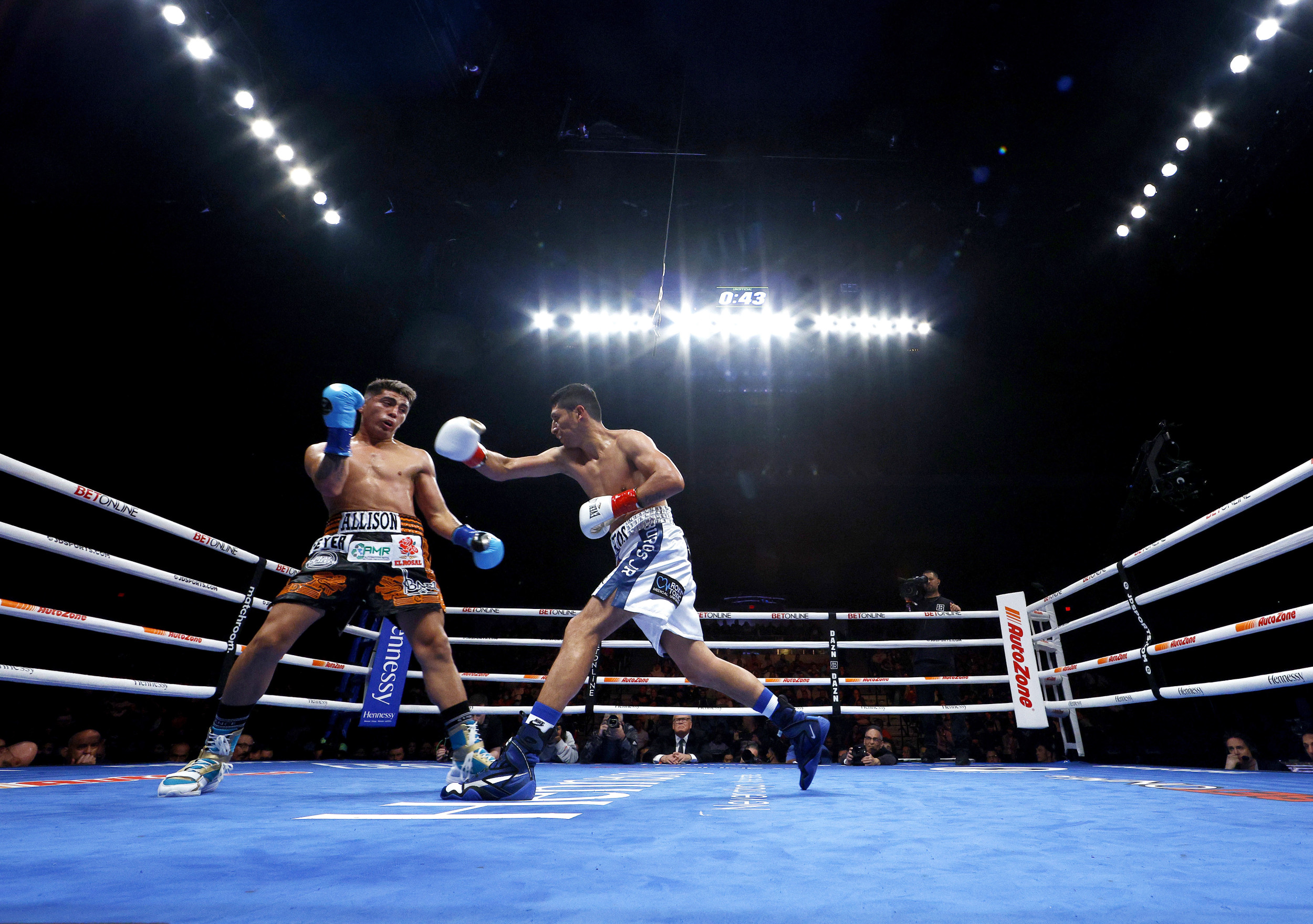Predicting football match outcomes is both an art and a science. With the rise of sports betting, understanding how to use betting odds strategically can provide valuable insights into match forecasting. In this article, we’ll explore how betting odds work, their predictive power, and how you can combine statistical models with odds analysis to improve your football predictions.
What Are Betting Odds?
Betting odds represent the probability of specific outcomes in a football match as determined by bookmakers. They reflect expert opinions and public sentiment about the likelihood of events such as a home win, draw, or away win.
Types of Betting Odds
- Fractional Odds: Common in the UK (e.g., 5/1).
- Decimal Odds: Popular in Europe (e.g., 6.00).
- Moneyline Odds: Used in the US (e.g., +500).
Why Betting Odds Are Powerful Predictors
Betting odds are often more accurate than traditional statistical models because they aggregate expert judgments and real-time market behavior. Studies show that betting odds outperform models like ELO ratings and FIFA rankings in predicting match outcomes.
Key Advantages
- Market Efficiency: Reflects collective intelligence.
- Dynamic Updates: Adjusted based on injuries, form, and other factors.
- Probability Conversion: Easily converted into probabilities for analysis.
Football Betting Strategies for Prediction
1. Analyzing Implied Probabilities
Convert betting odds into implied probabilities using the formula:
- Implied Probability = 1/Decimal Odds
This helps identify undervalued bets where the bookmaker’s margin maybe skewed.
2. Using Statistical Models
Combine betting odds with statistical methods like:
- Poisson Distribution: Predicts expected goals based on team strength.
- ELO Ratings: Adjusts team rankings based on performance metrics.
- (Expected Goals): Evaluates attacking and defensive strengths.
3. Factoring External Variables
Consider factors like:
- Home Field Advantage: Teams often perform better at home.
- Player Injuries: Key players missing can shift odds dramatically.
- Weather Conditions: May influence scoring patterns.
Case Study: Predicting Premier League Matches
Let’s apply these strategies to a Premier League match between Team A and Team B:
- Betting odds suggest Team A has a 60% chance of winning (decimal odds: 1.67).
- Using xG data, Team A averages 2 goals per game while Team B concedes 1.8 goals.
- Poisson distribution predicts a high likelihood of over 2.5 goals.
By combining these insights, you can make informed predictions about outcomes and total goals scored.
Pros & Cons of Using Betting Odds for Predictions
Pros
- High predictive accuracy.
- Easy to interpret and convert into probabilities.
- Can be combined with statistical models for robust forecasting.
Cons
- Bookmaker margins may distort probabilities.
- Requires constant monitoring for updates.
- Vulnerable to external shocks like unexpected injuries.
FAQs
Q: Can betting odds guarantee accurate predictions?
A: No prediction method is foolproof, but odds provide reliable probabilities when combined with data analysis.
Q: How do bookmaker margins affect accuracy?
A: Margins reduce payout percentages but can be normalized for better probability estimates.
Conclusion
Predicting football matches using betting odds requires a strategic approach that blends statistical models with real-time market data. By analyzing implied probabilities, leveraging tools like Poisson distribution, and factoring external variables, you can enhance your forecasting accuracy.
Call to Action: Share your thoughts in the comments below! What strategies do you use for predicting football matches? Don’t forget to share this article with fellow sports enthusiasts.





